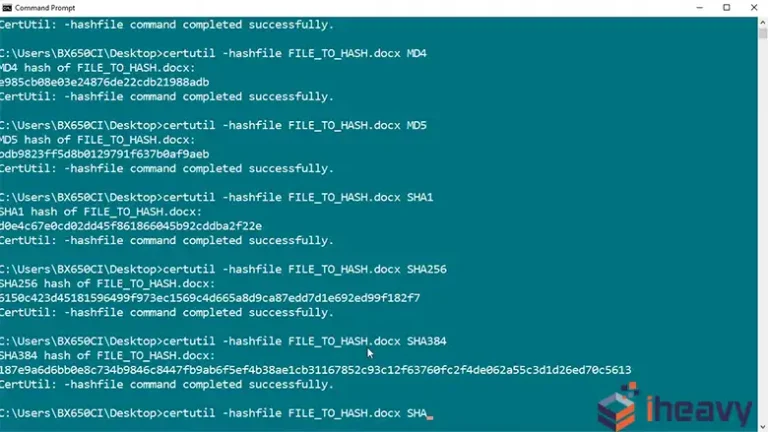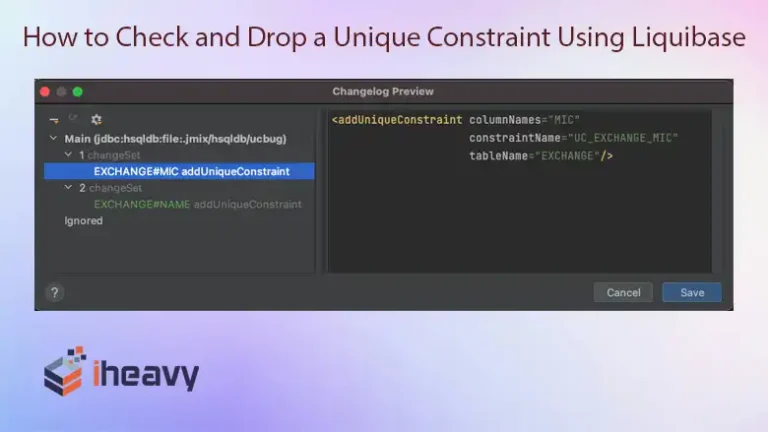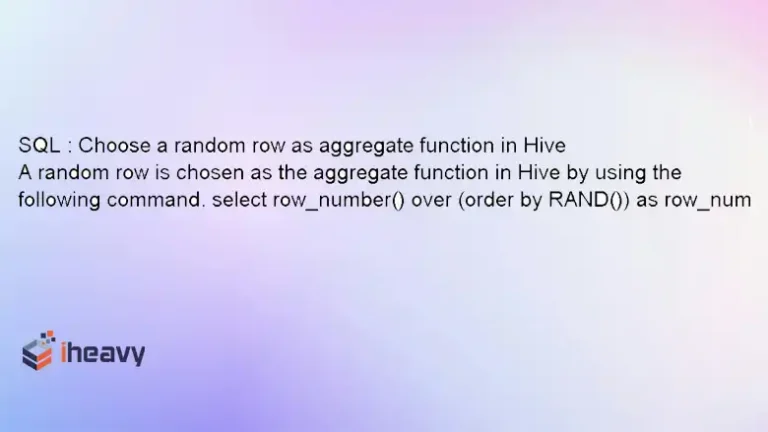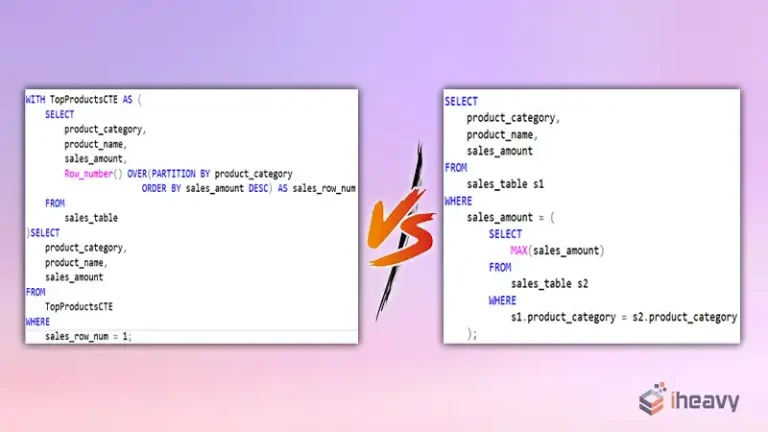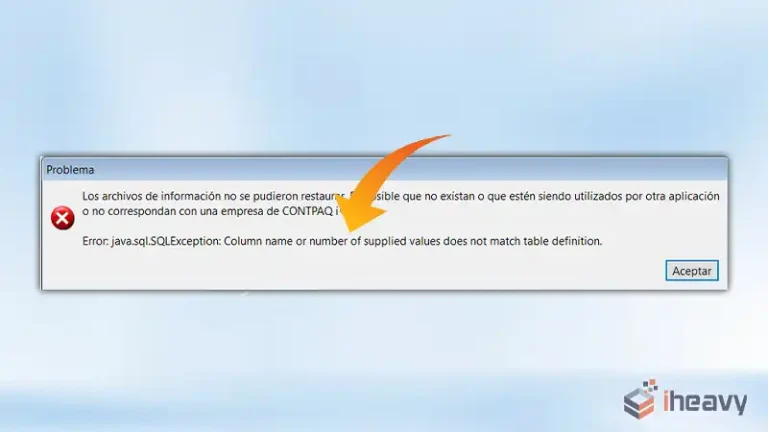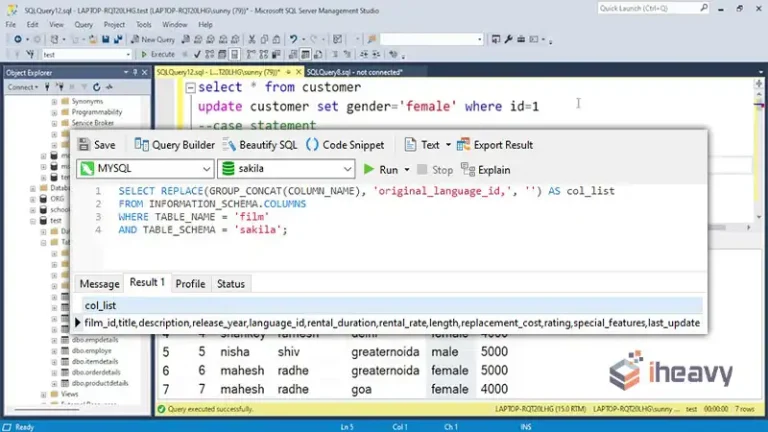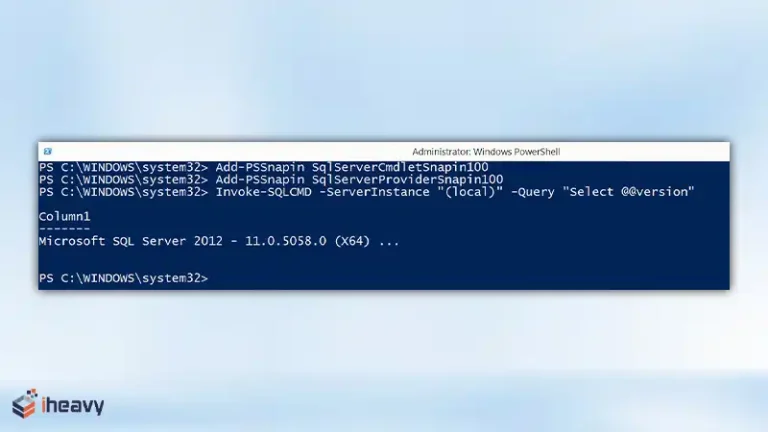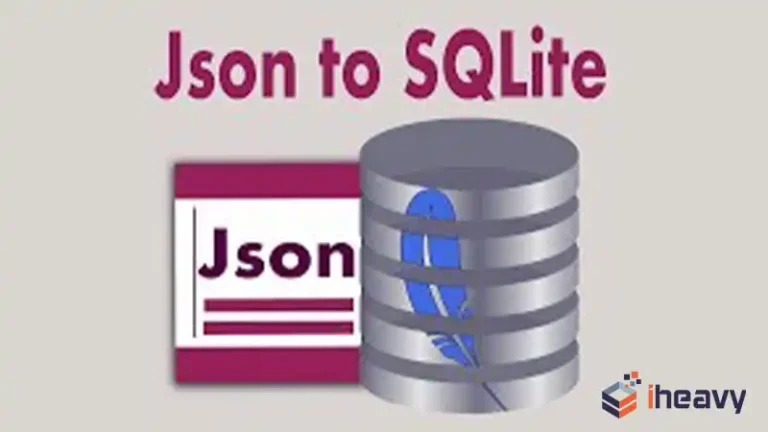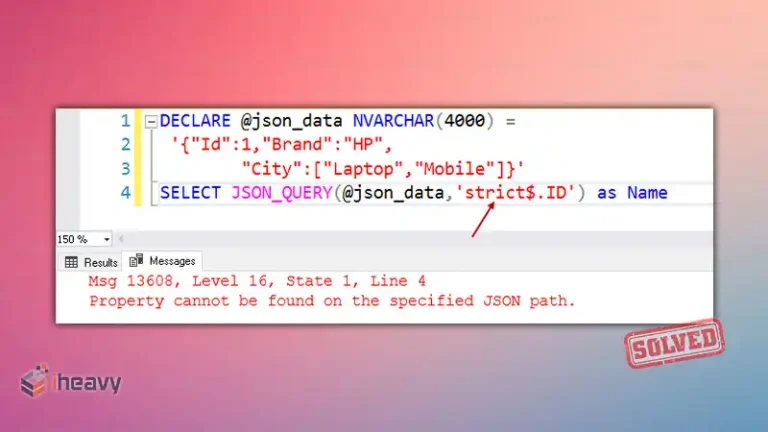CHAR(64) or BINARY(32) for Storing SHA256 Hash in SQL Server
When it comes to storing SHA256 hashes in SQL Server, the choice between CHAR(64) and BINARY(32) can significantly impact the performance and storage efficiency of your database. This article delves into the differences between these two data types and provides guidance on which one to use for storing SHA256 hashes. Understanding SHA256 Hashes SHA256 (Secure…

